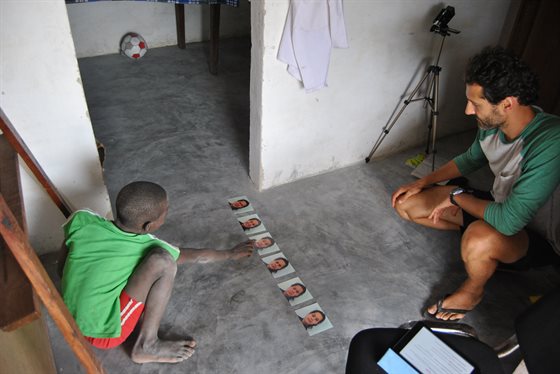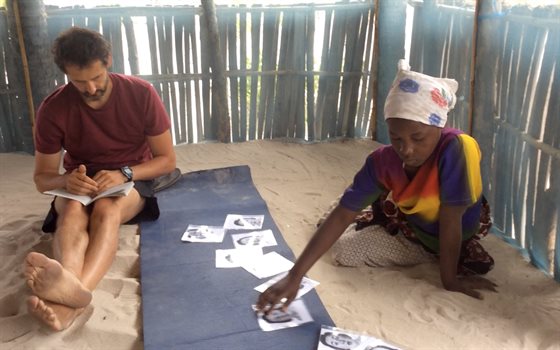A psychologist from De Montfort University Leicester (DMU) who spent more than a year living with remote islanders to study whether facial expressions of emotion are universal, has contributed to a new book on the topic.
Dr Carlos Crivelli, VC2020 Lecturer in Psychology, spent long periods of time embedded with his adopted families on the isolated Trobriand Islands in Papua New Guinea and the Sunni Sufi Mwani communities of Northern Mozambique for his research.

He wanted to see whether the facial expressions of emotion were universal – if everyone understood smiles to mean happy, scowls to mean angry and so on.
Showing photographs of facial expressions of emotion to Trobianders and Mwani, Dr Crivelli found that while some facial expressions, like smiles, were moderately linked to happiness, others did not.

A wide-eyed gasping face, which commonly denotes fear in Western cultures, was instead recognized as a threatening display by a large majority of the Trobrianders. There were other examples.
What this meant, Dr Crivelli said, was that facial expressions of emotion are not universal. Faces are flexible tools that we use to interact with others in varied ways. The environment people lived in determined how they interpret people’s faces.
This conclusion challenged decades of academic thought.

In a new book, The Science of Facial Expression, Dr Crivelli contributes a chapter about facial expressions and emotions in indigenous societies.
Dr. Crivelli said: “It is a widely held assumption in psychology and neuroscience that humans use their faces to express and read emotions across all societies.
“As recent evidence suggests, Trobriand, Mwani, and Himba participants are not able to recognise basic emotions from faces, but instead, they attribute general affective properties such as feeling good or bad as Westerners do.

“Our cultural backgrounds lead us to believe that we can read people like a book. However it is not about expressing and reading emotions through faces, but using our faces as flexible “interfaces” for social interaction within the cultural and social backgrounds we share.
“Our goal for the years to come should be to understand the diversity of strategies that human beings use to manage interactions through facial displays.”
Posted on Thursday 18 May 2017